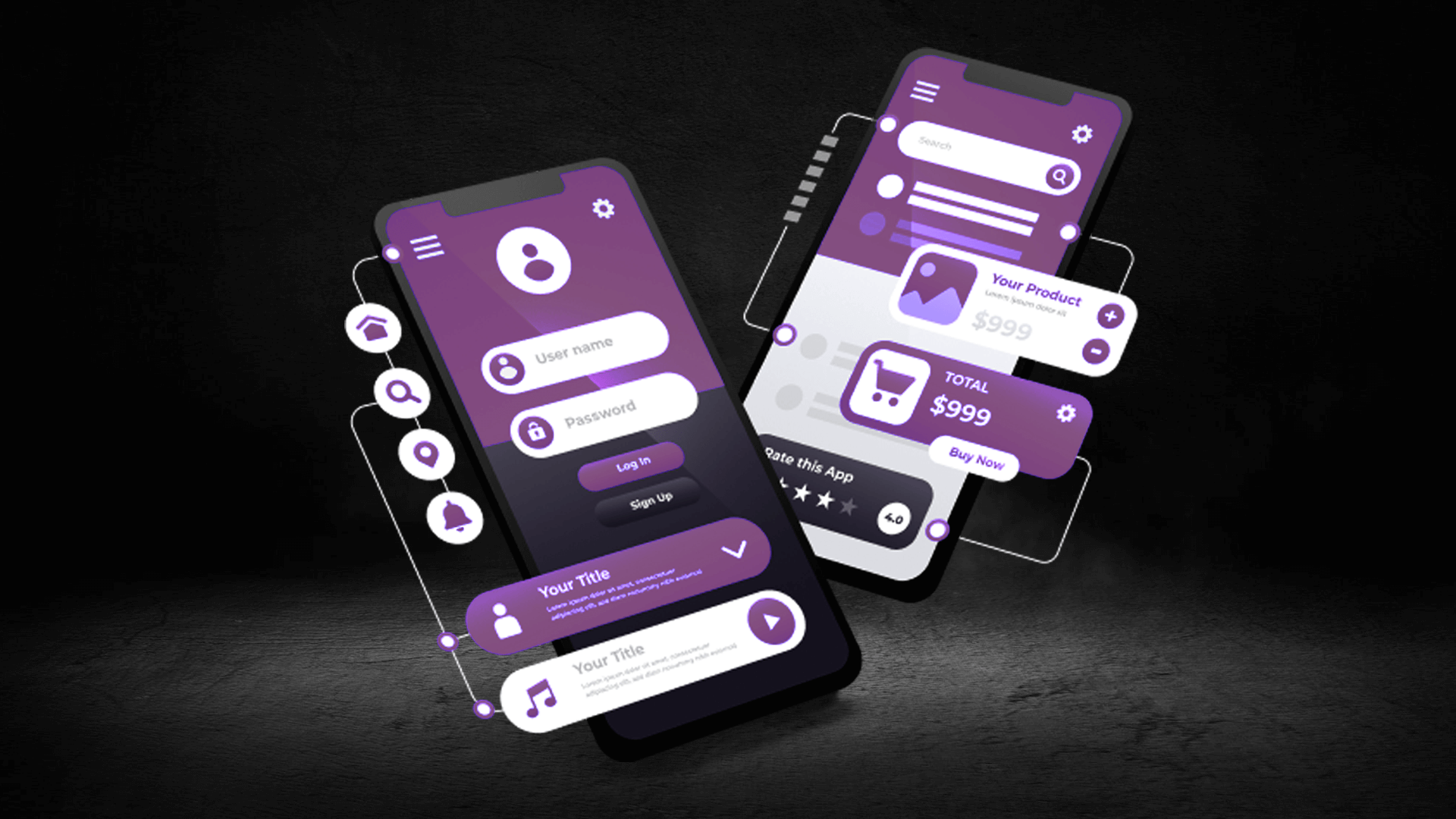How Do Smart Notification Systems Improve Business Efficiency?
In today’s fast-moving digital economy, businesses are expected to respond instantly—whether to internal changes, customer needs, or market shifts. One of the most practical tools to help meet these demands is a smart notification system. These systems go beyond traditional alerts by delivering the right message, to the right person, at the right time—enhancing productivity, communication, and decision-making across the board.
What Are Smart Notification Systems?
Smart notification systems are automated communication tools that send context-aware messages based on specific triggers, behaviors, or real-time data. These systems integrate with existing software—such as CRM, ERP, or project management platforms—and deliver notifications through multiple channels: email, SMS, push notifications, dashboards, or even team collaboration tools like Slack or Microsoft Teams.
Rather than blasting generic updates, smart notification systems use intelligent logic to prioritize, schedule, and customize alerts. This reduces “notification fatigue” and ensures teams stay focused on the information that truly matters.
Key Benefits of Smart Notification Systems
1. Faster Decision-Making
Real-time alerts ensure that managers and frontline workers are notified of issues or opportunities the moment they occur. For example, in e-commerce, smart systems can immediately notify inventory teams when stock is low or alert customer service when an order fails.
How it helps:
- React quickly to disruptions
- Make data-driven decisions
- Avoid costly delays
2. Improved Internal Communication
Miscommunication within teams can result in lost time, errors, and frustration. Smart notification systems provide structured, automated communication that ensures critical information doesn’t fall through the cracks.
Examples:
- Alerting HR when a new hire’s paperwork is incomplete
- Notifying IT of suspicious login attempts
- Prompting project teams about upcoming deadlines
Result: Less time spent chasing information and more time executing on priorities.
3. Enhanced Customer Experience
Customers now expect real-time updates—whether it’s about their delivery status, payment processing, or service appointments. Smart notifications keep customers informed and engaged.
Use cases:
- Appointment reminders (reducing no-shows)
- Order confirmations and tracking
- Service downtime alerts with ETA for resolution
This builds trust and improves customer retention without requiring extra manual effort from staff.
4. Task Automation and Workflow Optimization
Smart notifications are often tied to automated workflows. For instance, when a task is completed, the next team member is automatically notified to begin their part. This keeps operations smooth and minimizes bottlenecks.
Benefits:
- Reduced manual follow-up
- Fewer delays in project timelines
- Better coordination across departments
5. Data-Driven Alert Prioritization
Not all notifications are equally urgent. Smart systems allow organizations to assign levels of importance or categorize alerts so teams can respond accordingly.
Example:
A network outage alert is marked “critical,” while a weekly report availability notice is “informational.” This helps reduce distraction and keeps teams focused on mission-critical tasks.
6. Improved Accountability and Transparency
Smart notification systems provide an audit trail—who was notified, when, and how they responded. This transparency supports accountability and performance tracking across departments.
Ideal for:
- Compliance-driven industries (finance, healthcare)
- Project management oversight
- Customer service quality assurance
Real-World Applications by Industry
Healthcare:
- Real-time patient monitoring alerts
- Shift scheduling notifications for staff
- Lab result availability reminders
Logistics & Supply Chain:
- Delivery updates
- Route changes due to traffic or weather
- Inventory restocking alerts
Retail & E-Commerce:
- Cart abandonment follow-ups
- Inventory low-stock alerts
- Flash sale notifications
IT & SaaS:
- Server health alerts
- Subscription renewals and billing issues
- User behavior analytics triggers
How Smart Notification Systems Are Implemented
Step 1: Define the Triggers
Start by mapping out key events or thresholds in your business processes that should trigger alerts (e.g., failed payment, overdue invoice, drop in website traffic).
Step 2: Choose Notification Channels
Select how alerts will be delivered—email, SMS, mobile app, dashboard pop-ups, etc.—based on urgency and user preferences.
Step 3: Set Rules and Logic
Use conditional rules to filter, prioritize, and group notifications. Smart systems can also prevent duplicates and silence repetitive alerts.
Step 4: Integrate with Existing Systems
Ensure the system connects to your CRM, ERP, CMS, or any platform generating the data that triggers alerts.
Step 5: Monitor and Optimize
Continuously track response times, open rates, and performance metrics. Refine triggers and channels to improve effectiveness.
Best Practices for Smart Notification Systems
- Keep messages concise and actionable
- Allow users to customize notification preferences
- Prioritize alerts by urgency and relevance
- Avoid overloading users with too many messages
- Regularly audit the system for unnecessary or outdated triggers
Conclusion
Smart notification systems are more than just alert tools—they’re strategic assets that improve communication, automate operations, and drive smarter decisions across your business. By delivering real-time, relevant information to the right people, these systems help organizations run smoother and respond faster. For companies seeking to design intelligent, integrated systems tailored to their unique workflows, partnering with providers of custom software development services in Canada can ensure your notification infrastructure is both effective and future-ready.
Frequently Asked Questions (FAQs)
1. What makes a notification system “smart”?
It uses logic, behavior analysis, and data integration to send relevant, timely alerts rather than generic messages.
2. Can smart notification systems reduce human error?
Yes, by automating alerts and reminders, they minimize missed steps and improve consistency in processes.
3. Are these systems suitable for small businesses?
Absolutely. Small businesses can benefit from automation and improved internal coordination just as much as large enterprises.
4. How are smart notifications different from regular alerts?
Smart notifications are context-aware, personalized, and often triggered by real-time data, making them more useful and less disruptive.
5. Can smart notifications be integrated with existing software?
Yes, with proper development, they can integrate with CRMs, ERPs, and other systems to streamline operations.













